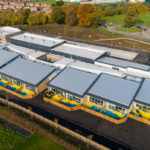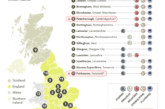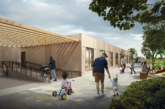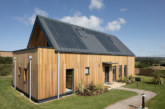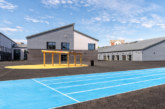The benefits of natural ventilation in educational settings are widely recognised and yet putting the theory into practice continues to be a challenge for many local authorities. Huw Poppy from leading ventilation solutions manufacturer Passivent discusses how early engagement can help specifiers adopt a natural ventilation strategy that will reduce long-term costs and provide an immediate boost to health and wellbeing.
The importance of natural ventilation within a school environment cannot be underestimated. The recent pandemic has brought many of the health benefits into sharper focus but the need to balance effective ventilation with other key issues such as thermal comfort, energy efficiency and acoustics, has also highlighted the fact that greater attention needs to be given to the choice of ventilation strategy at the initial design stage of a project.
Achieving compliance
There is an abundance of information, guidance and regulations relating to ventilation within schools and this can often be hard to navigate. The most specific requirements are those outlined in Building Bulletin 101 “Guidelines on ventilation, thermal comfort and indoor air quality in schools” and Building Bulletin 93 “Acoustic design of schools — performance standards”.
The choice of ventilation system must also meet the newly updated Building Regulations, from new stricter targets on ventilation in Part F, conservation of energy as outlined in Part L and the acoustic requirements set out in Part E. The difficulty of choosing a compliant ventilation system and strategies is compounded by the practical consideration of budgets, from the initial outlay to ongoing operational and maintenance costs.
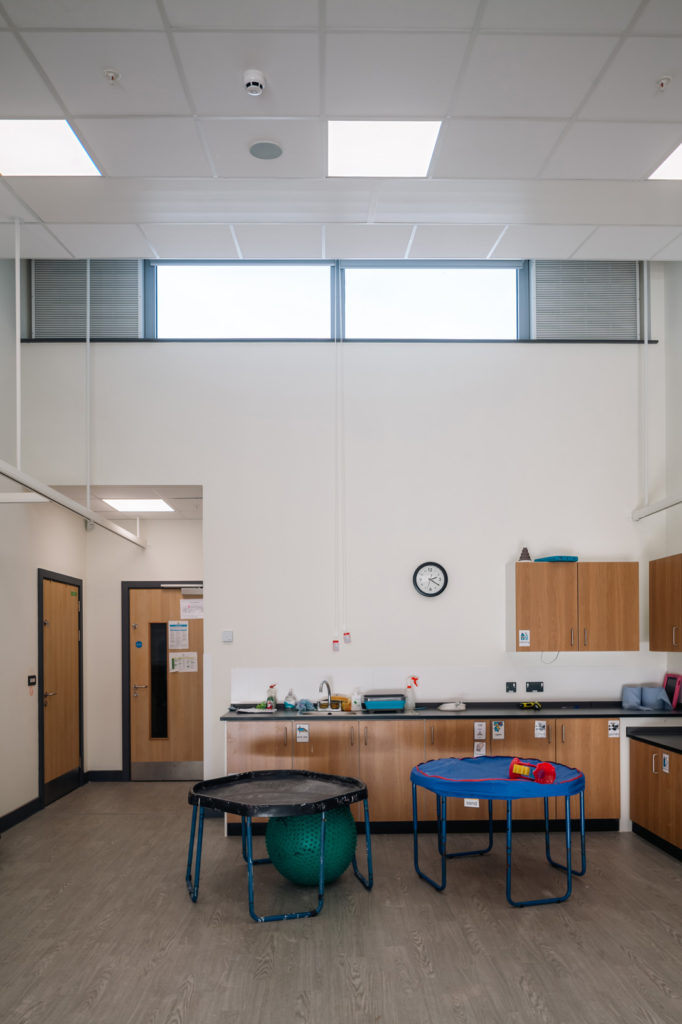
The natural solution
Natural ventilation is not only a compliant choice, but it can be the most cost-effective. Put simply, natural ventilation is the method of ventilating an internal space without the requirement of fans. Such systems are reliant on natural forces including external-to-internal temperature difference, wind pressure and buoyancy — essentially the force that makes warm air rise. This means that natural ventilation is cheaper to run, easier to maintain and is silent in operation.
However, these benefits can only be brought to fruition if natural ventilation is considered at the earliest design stage. This is because every school building is different and will have individual requirements. For example, whereas large sports hall and atriums lend themselves to a displacement ventilation strategy, ICT suites will be at a greater risk of overheating and different ventilation rates will be needed for science laboratories.
Through early engagement with the supply chain, natural ventilation can be considered and if appropriate, ‘designed in’ to as many areas as possible to allow for cross flow of air, stacks and general planning of air paths and circulation throughout the building.
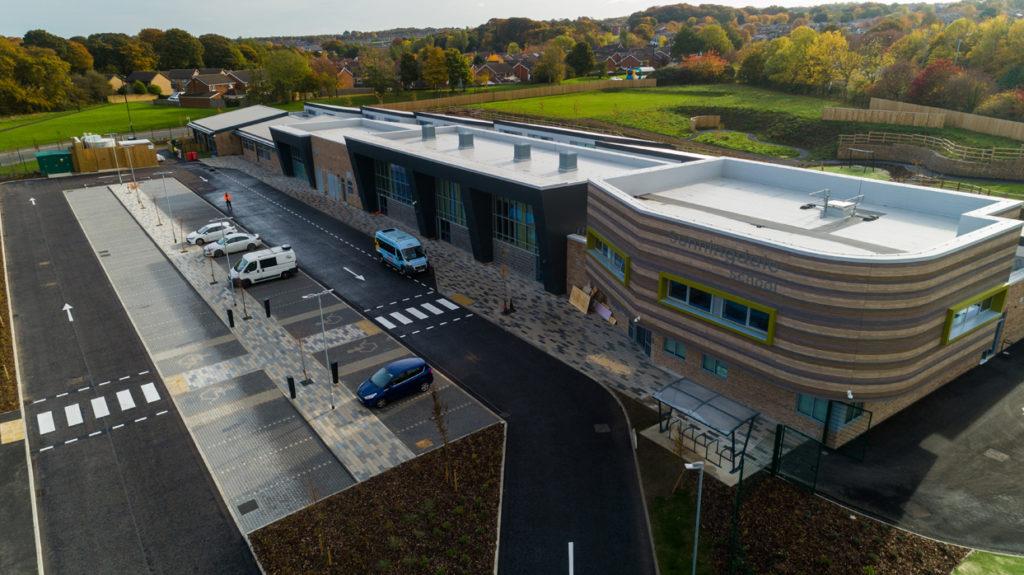
Sunningdale School. Image ©Matthew Nichol Photography
Putting natural ventilation into practice — Sunningdale School, Sunderland
A recently completed project by Passivent is a great example of natural ventilation in action and illustrates the benefits of adopting this strategy at the earliest possible stage. Passivent worked closely with the design team at Sunderland City Council to create a natural ventilation strategy for the new Sunningdale School in Sunderland that was tailored for the SEND environment with the whole building in mind.
Passivent’s proposal was for a ventilation strategy that would not only provide effective cross ventilation in the classrooms but would also reduce noise pollution during operation — a critical consideration for a SEND environment. By utilising natural ventilation, the school will also benefit from reduced energy usage without the need for mechanical fans.
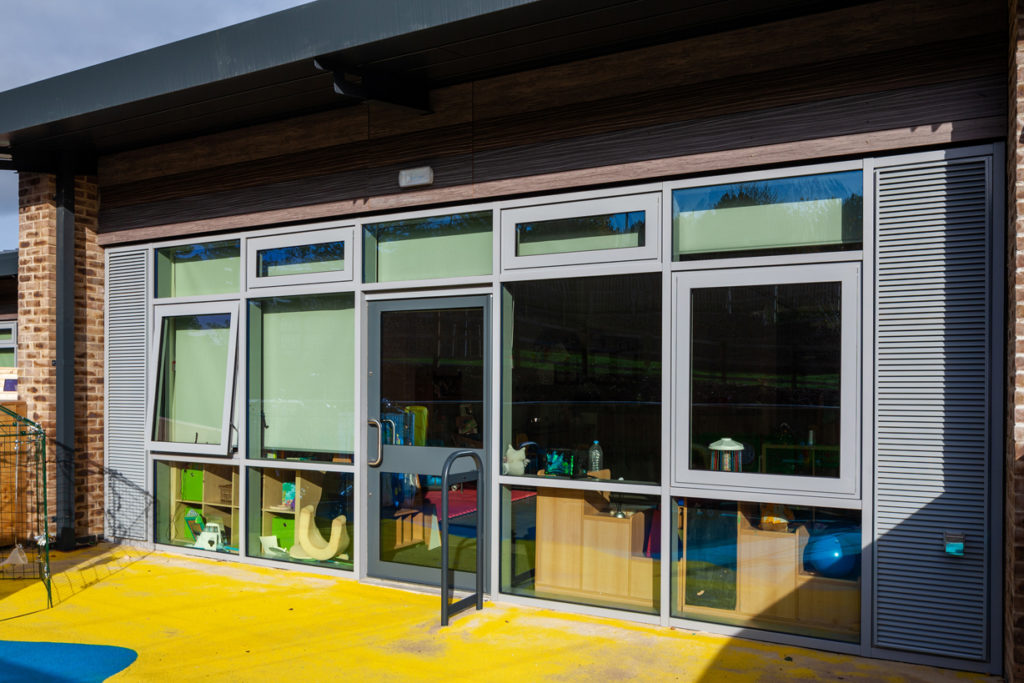
Two of Passivent’s thermal acoustic window Aircool units were installed vertically in each classroom for the fresh air intake. These units allow the incoming air to be warmed via heater coils, with acoustic baffles helping to minimise noise. The used air is then exhausted at the back of the classroom at a slightly higher level through the two standard window Aircool units installed horizontally.
Passivent’s Litevent Airstract rooflight/ventilators were also specified and installed along the school’s corridors, with the roof lights providing a great source of natural daylight and the Airstract terminal function in this combined unit providing controllable natural ventilation. Passivent’s Litevent system reduces the need for artificial lighting thereby reducing further energy consumption.
Installed in both the dining and main hall are multiple Airscoop roof ventilation terminals which ventilate the large open spaces, providing fresh air whilst displacing any stale used air. Passivent’s iC8000 Controller controls the entire ventilation system, which is split into 21 zones. The controls modulate the natural ventilation system and monitor carbon dioxide levels as well as internal and external temperatures to always ensure an optimal learning environment.
Through early engagement with ventilation specialists, natural ventilation strategies can have a much bigger part to play in the creation of new schools across the UK. As the Government’s ambitious school rebuilding programme continues apace, now is the time to take a fresh approach.
Header image: Aerial view of Sunningdale School Sunderland. Image ©Matthew Nichol Photography


